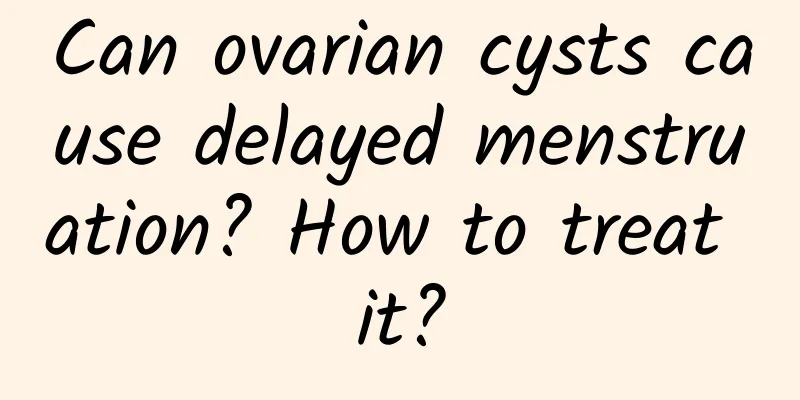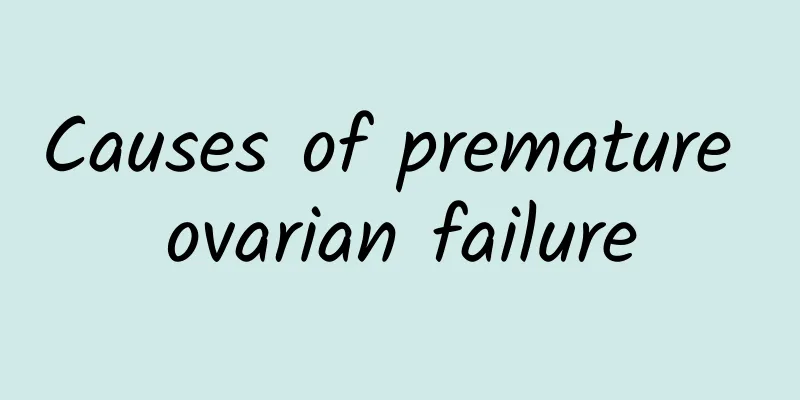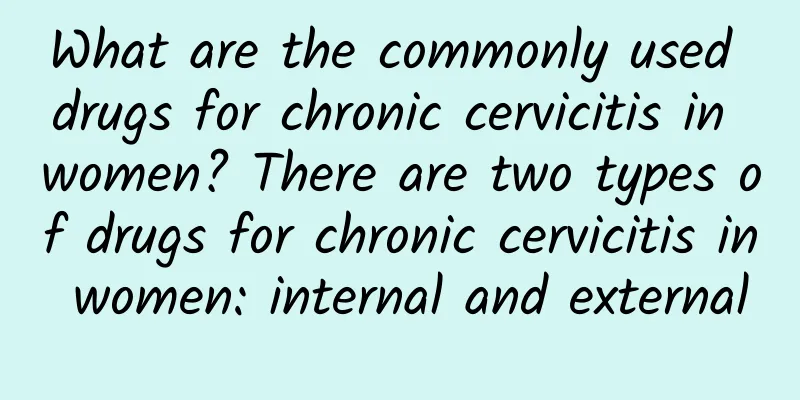What is chocolate ovarian cyst? What disease should be differentiated from it?

|
Patients with ovarian cysts should actively treat, and the treatment should follow the principles of treatment to achieve the purpose of fundamentally restoring the body. So, what happens to chocolate ovarian cysts? What disease should be treated? Ovarian chocolate cysts, also known as ovarian endometriosis cysts, are caused by the endometrium "migrating across the ocean" and "immigrating" to the ovaries. They are the most common disease among endometriosis and are essentially different from tumorous ovarian cysts. The endometrium "migrating" to the ovaries is still affected by the cyclical effects of ovarian sex hormones. Ovarian chocolate cysts are a type of endometriosis. Among them, ovarian chocolate cysts account for about 80%. Ovarian chocolate cysts can only affect one ovary, but more than 50% of patients will affect both ovaries. As the disease progresses, patients may experience dysmenorrhea, persistent lower abdominal pain, menstrual disorders, infertility and dyspareunia. Patients are reminded that chocolate ovarian cysts need to be differentially diagnosed from certain diseases to avoid delaying the treatment of the actual condition: 1. Acute appendicitis. The right ovarian endometrioma cyst ruptures, which can be easily confused with acute appendicitis. The most obvious tender point of acute appendicitis is McBurney's point of the appendix on the abdominal wall. There are no nodules in the rectouterine pit. The patient has a fever and elevated white blood cells. Posterior fornix puncture can also assist in diagnosis. If there is pus, it is acute appendicitis. 2. Ectopic pregnancy rupture or miscarriage with acute abdominal pain, signs of abdominal bleeding and pelvic mass, similar to rupture of ovarian endometriosis cyst. But there is no history of endometriosis and dysmenorrhea, and there is a history of menopause. The examination and examination of the posterior vault puncture can be identified based on blood and urine HCG. 3. Ovarian mass pedicle torsion with no history of dysmenorrhea, no signs of internal bleeding after acute abdominal pain, no obvious abdominal wall tenderness and rebound pain, no mobile dullness. Gynecological examination clearly shows the perimeter of the mass, tenderness of the mass, no nodules in the uterine rectal fossa, and B-ultrasound can be used for identification. |
<<: What are the reasons for delayed menstruation?
>>: How to take care of pelvic effusion after surgery
Recommend
If you have cervicitis, you will have HPV
Cervicitis and HPV (human papillomavirus) infecti...
How harmful are uterine fibroids to women?
Uterine fibroids are not unfamiliar gynecological...
Can you get pregnant if you have Trichomonas vaginitis?
Can you get pregnant if you have Trichomonas vagi...
You need to know what to pay attention to after abortion
Do you know what to pay attention to after an abo...
The woman has another face! Beautiful buttocks yoga 2 steps to get it done
In the cold winter, no matter men or women, the b...
Expert introduction: How long does it take for menstruation to come after abortion?
What are the symptoms after an abortion? How long...
What causes Bartholinitis?
What are the causes of Bartholinitis? Some female...
Several typical symptoms of vulvar leukoplakia
What kind of disease is vulvar leukoplakia? In fa...
There are many dangers for women suffering from adnexitis
How much do women know about adnexitis? Although ...
What are the common symptoms of adnexitis?
What are the main symptoms of common adnexitis? I...
Where do the symptoms of uterine fibroids appear?
Where do the symptoms of uterine fibroids manifes...
Are polyps in patients with adenomyosis serious? What should we pay attention to?
Are polyps serious in patients with adenomyosis? ...
Experts explain how to diagnose ectopic pregnancy
Diagnosis of ectopic pregnancy is the premise of ...
Why does endometrial thickening recur?
Why does endometrial thickening recur? For many w...
Can I have children if I have cervical warts?
Cervical warts often coexist with other sexually ...









